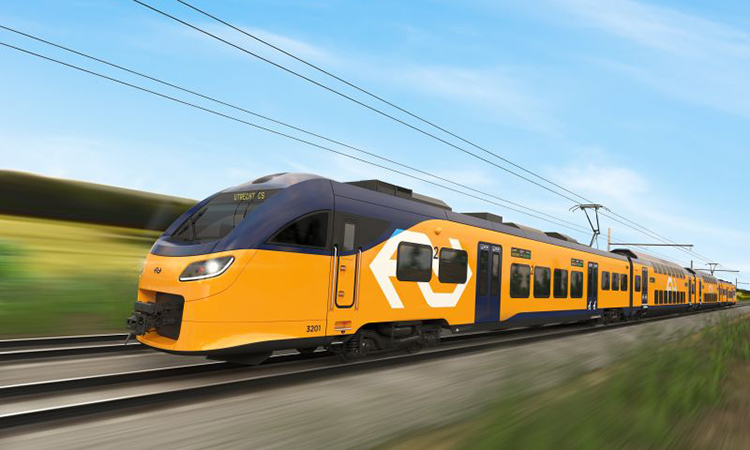LYuen
Member
Closing down BREL and allowing Metro-Cammell to be acquired by Alston are mistakes.
For the first one, the railway should manage the rolling stock and R&D lifecycle - to ensure rolling stocks are being built at the right time and cost.
The situation of either there is a production backlog and rolling stock shortage, or factories at risk of closing down because orders are completed, should be prevented.
For the latter, I see no reason Alston would build a train in the UK and export to elsewhere. Export is doomed when it is merged with a European giant.
Hitachi Italy turned out to be a perfect acquisition for Italy, despite Trentitalia being the main customer, they still have an independent marketing and R&D division in Italy.
For the first one, the railway should manage the rolling stock and R&D lifecycle - to ensure rolling stocks are being built at the right time and cost.
The situation of either there is a production backlog and rolling stock shortage, or factories at risk of closing down because orders are completed, should be prevented.
For the latter, I see no reason Alston would build a train in the UK and export to elsewhere. Export is doomed when it is merged with a European giant.
Hitachi Italy turned out to be a perfect acquisition for Italy, despite Trentitalia being the main customer, they still have an independent marketing and R&D division in Italy.



